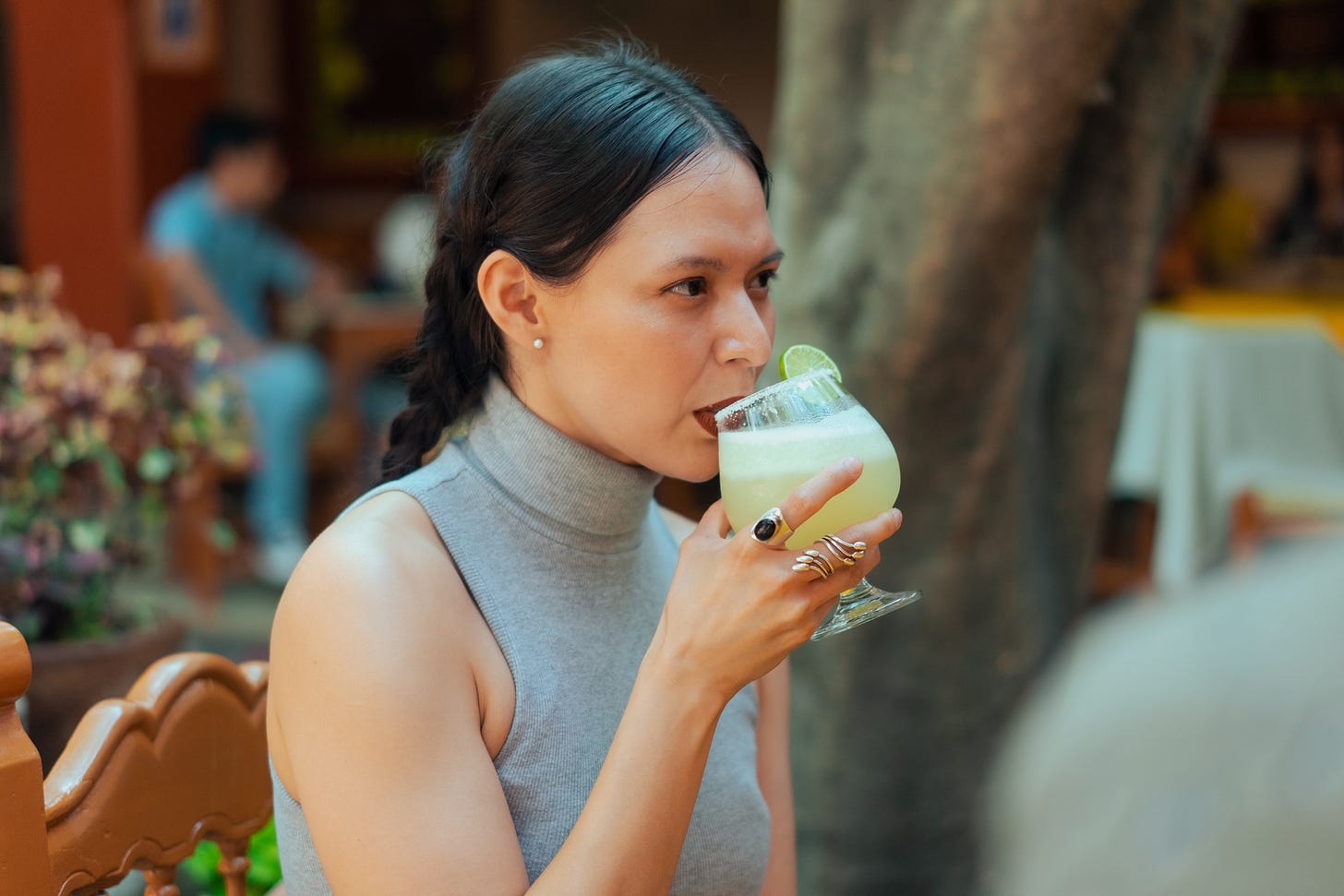Put the Margarita down. Cinco de Mayo is not Mexican Independence Day
A brief overview of Cinco de Mayo, its true meaning and why we should stop wearing sombreros
At the height of society’s attempt to be culturally sensitive and engage in talks of diversity, I am screaming: “Put down the margarita. Cinco de Mayo is not Mexico’s Independence Day!”
According to a 2020 survey from YouGov, 41 percent of Americans believe Cinco de Mayo (a Spanish translation of May 5th) is Mexico’s day of independence while 19 percent are unsure of what it means. Although the meaning of Cinco de Mayo has been lost in translation, Americans haven’t stopped their celebratory ways. According to NationalToday.com, Americans celebrate Cinco de Mayo in five dominant ways: 59 percent of Americans eat Mexican food, 32 percent drink margaritas, 20 percent celebrate Mexican culture, 17 percent drink Mexican beer, and 14 percent host a house party.
Normally, celebrating the culture of others is encouraged as a form of self-education and as an attempt to grow an understanding of other cultures to combat the ugliness of racism, but in this case, celebrating Cinco de Mayo as Americans do is counterproductive.
Cinco de Mayo is a holiday that celebrates the date of the Mexican army’s victory over France in 1862 at the Battle of Puebla during the Franco-Mexican War. Benito Juárez - a lawyer and member of the Indigenous Zapotec tribe - was elected president of Mexico at a time when Mexico was experiencing severe financial hardship. With no economic prosperity, Juárez was unable to make payments to a debt of tens of millions of dollars owed to European governments. Naturally, as a response to defaulting on the loan, France, Britian, and Spain called in their armed forces, sending the naval teams to Verazcruz, Mexico, in an attempt to force payment.
While Britain and Spain negotiated with Mexico for repayment terms, France - ruled by Napoleon III - realized the vulnerability of the country and forced their troops into Veracruz. The French fleet was strong and forced Juárez to stand-down.
According to History.com, 6,000 French troops under General Charles Latrille de Lorencez set out to attack Puebla de Los Angeles, a small town in east-central Mexico. From his new headquarters in the north, Juárez rounded up a ragtag force of 2,000 loyal men—many of them either Indigenous Mexicans or of mixed ancestry—and sent them to Puebla.
The vastly outnumbered and poorly supplied Mexicans, led by Texas-born General Ignacio Zaragoza, fortified the town and prepared for the French assault. On May 5, 1862, Lorencez gathered his army—supported by heavy artillery—before the city of Puebla and led an assault.
The Battle of Puebla lasted less than a day and while only 100 Mexican troops were killed, France lost nearly 500 soldiers. This victory, bolstered the resistance movement in Mexico. Although, France went on to win the war, this day sparked a larger campaign to fight for freedom and in 1867 - when the United States was finally able to aid Mexico (the U.S entered at the end of their Civil War), France withdrew from the country.
Today, Cinco de Mayo is primarily observed in Puebla, Mexico, to celebrate the unlikely victory. It is celebrated with military parades and reenactments of the Battle of Puebla and not with tequila shots and with chips and queso.
While Mexico received their independence almost 50 years before Cinco de Mayo on September 16th, Americans continue to celebrate it as Mexico’s Independence Day. Used as a good reason for an extended happy hour, America does not realize the depth of the holiday, playing into the commercialization of Latino culture. Initially, Chicanos in California selected Cinco de Mayo as a day to celebrate Mexico’s resiliency against imperialist forces during the late 1960s and 70s. They saw the struggle and found similar ground in their experience of racism in America against Mexicans. They saw themselves as the underdogs, yet again, in a fight for justice. In the 1980s, a marketing tactic from beer and alcohol companies recreated the meaning of Cinco de Mayo.
Corporations that Chicanos had previously boycotted saw marketing potential and made inroads into the community through promises of philanthropy and grants. After many years of being boycotted, the Coors Brewing Co. wanted “to improve its image among Chicano activists” and became “the largest supporter of the Cinco de Mayo as a holiday event,” according to a history by Antonio Sanchez of Central Washington University.
By the 1990s, Cinco de Mayo was fully rebranded and far from its original meaning. It was one of the biggest drinking days in America, aside from St. Patrick’s Day. Today, Cinco de Mayo has become an American holiday with forgotten roots in Mexico. So, keep the fake, oversized sombreros at home today, and celebrate Mexican culture in a more fitting way.




